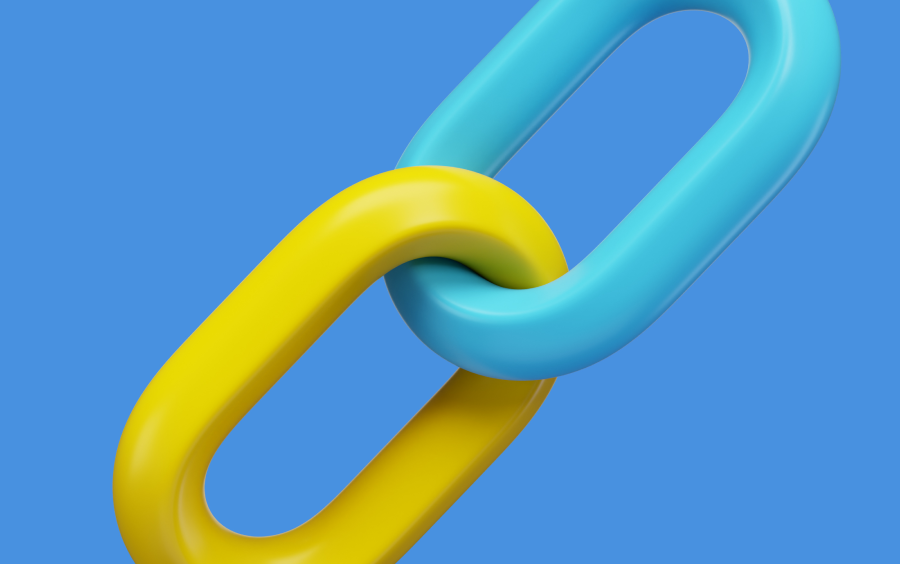


If on-page SEO is a full-sized pizza, then internal links form one chunk of it. It’s like you’re building a community and wanting to engage & ensure a loyal member base, beyond just attaining the search engine peak. To help push this cause, Internal links are one of the most crucial aspects of on-page SEO optimization.
With the right & relevant internal links, you are harnessing a great number of your own webpages to be ranked on Google that show up during search results; one way how you increase traffic to your website. The other way of looking at it is that you are also establishing an authority by pounding links from a sole web source (yours) as a result of which people may not need to look beyond you.


What are Internal Links in SEO?
Internal links are simply referenced hyperlinks of a certain page of your website that link to another page of your website. Think of it as the opposite of external links (backlinks) where you hyperlink an external webpage on to your page.
For example, if you are prepping up a new page about on-page optimization, you will add content links to the page with topics that are relevant and related to on-page optimization. In this case, a webpage about SEO would seem more apt for users to comprehend and understand in tandem with on-page optimization and digest the concept wholly.


Internal Links vs External Links
Simply put, during internal linking you link a source page of your own website to one of your own web pages. This is done with efforts to gain more traffic & traction to your website with the intention of establishing your source as an authoritative source to external viewers.
During external linking you are linking a source page from external or other websites to one of your pages. This is done in situations where you expect a certain degree of authority and credibility to your page.

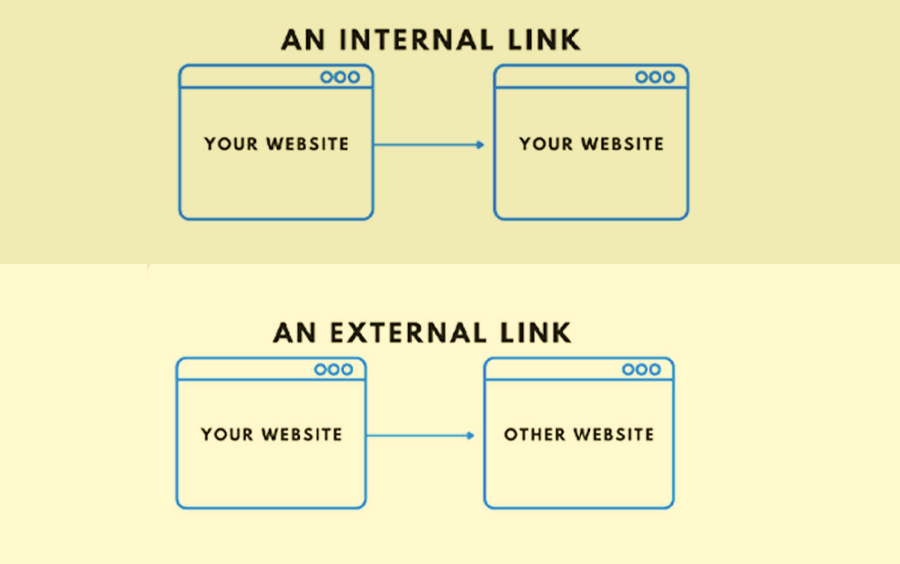
Because Google is vulnerable to catching the attention of multiple links (both internal & external) there is a good chance that your page loaded with links catches Google’s eye. This means that Google identifies similarities & connections between various pages, posts and marks them as valuable.
For example, if one of your pages deals with the topic of SEO, the same page may also include links to topics such as Internal linking’, ‘On-page optimization’ etc,, from your own website which Google identifies and ups its position as high-valued.


Appropriate and relevant internal links will always make it easier for visitors to access & explore the pages they need. It delivers a great user experience as it results in an effortless search for concepts & content for the user, which results in them spending more time on your web source.
On the contrary, poor internal linking means the user has great difficulty in comprehending your article, as a result of which webpages remain isolated and will be bereft of organic traffic. This also means a poor user experience leading to immediate and frequent exits from the page.
Internal linking when done in abundance, commands authority. The more internal links a page hosts, the higher the value attributed to it; thanks to Googlebot. The user is now conveyed of the authority your site holds on Google as the page is ranked higher during Google’s search results.


Now that we know why Google literally sleeps on links, in addition to that Google also attempts to share link value between all links. This is done prominently on the home page of your website given that it is the single most of all pages that hosts multiple links, especially the backlinks. Now, any articles or content page if linked to your homepage will derive more value and hence the traffic.
Google takes its time to run through a page. If your webpage has less or poor internal linking, then there’s no reason for Google to spend time and index your page. On the other hand, if your page consists of good internal links, then Google helps itself by crawling over your page; which means that your page is assessed, understood and indexed. So, make sure you don’t let Google down.


To drive conversions, your page needs to enable people to take the next step. This is why SEOs are crucial. A good SEO strategy means your rankings should make the conversion into a business. So, make sure your internal links have definite CTAs to charge up users to take action.


These are easily identifiable links that stay permanent on your main menu. They orchestrate your site’s navigation by leading users to their desired landing. Examples of navigational links include, side bar, top menu bar, products & services bar etc.


These are the links that host or direct actions and are present in between the content body. Info about communities or initiating actions are the nature of contextual links.


They appear at the bottom of the webpage as against navigational links which appear at the top.

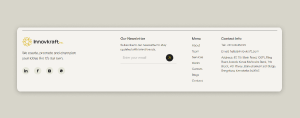
They basically are retraceable links that show the search path of the user when navigating a page. They typically appear on the left/ right top corner of a page.

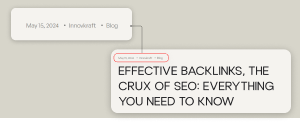
When you provide a great user experience, half the battle is won. Make it easy for the user to navigate across your website; maybe in two or three clicks. This is crucial especially at times where users are particular about page loading time and site speed. To ensure this, host important and relevant links that does the job in three steps.


Not all high-valued or authoritative pages rank great, nor do high ranked pages command authority. So, this is a great opportunity for you to establish that link between the two. By leveraging your most authoritative page, boost the ranking of a less authoritative yet an important page by adding crucial & relevant internal links.

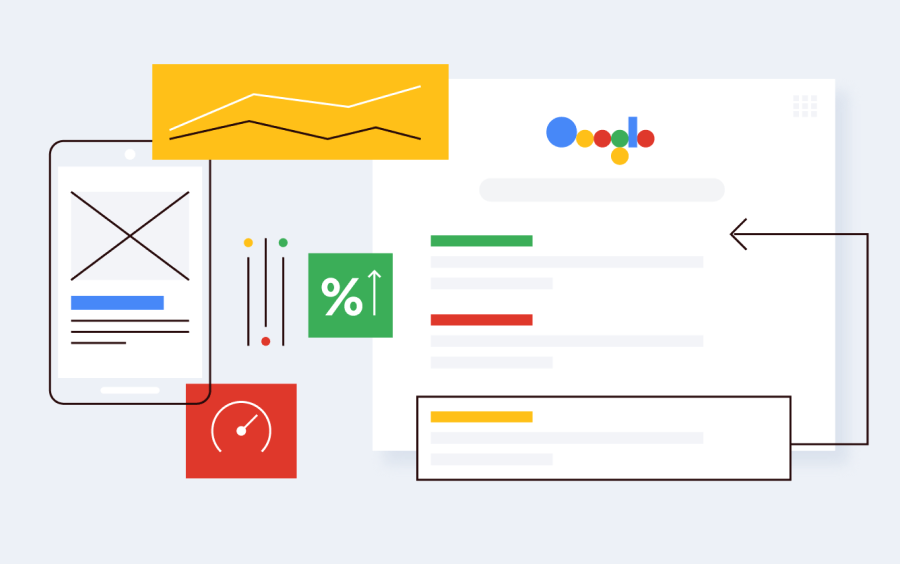
Googlebot will waste no time to in turn waste your crawl budget. So, fix all internal linking issues. Find a broken or an incomplete internal link, run a quick scan for broken pages.
Go to Website Auditor ——-> Site Audit > Links > Broken links
Now Filter by clicking on the HTTP Status code and find the broken page response in the form of an error.
To fix internal link redirects,
Go to Pages > Links & technical factors tab and find pages with 301 and 302 HTTP Status Code


The more hidden the page is, the more difficult it is for Google to extract and pitch them to ranks. So, ensure your pages are within the homepage or around it. Smart internal linking will lessen page navigation and help users get to their desired page in a couple of clicks.

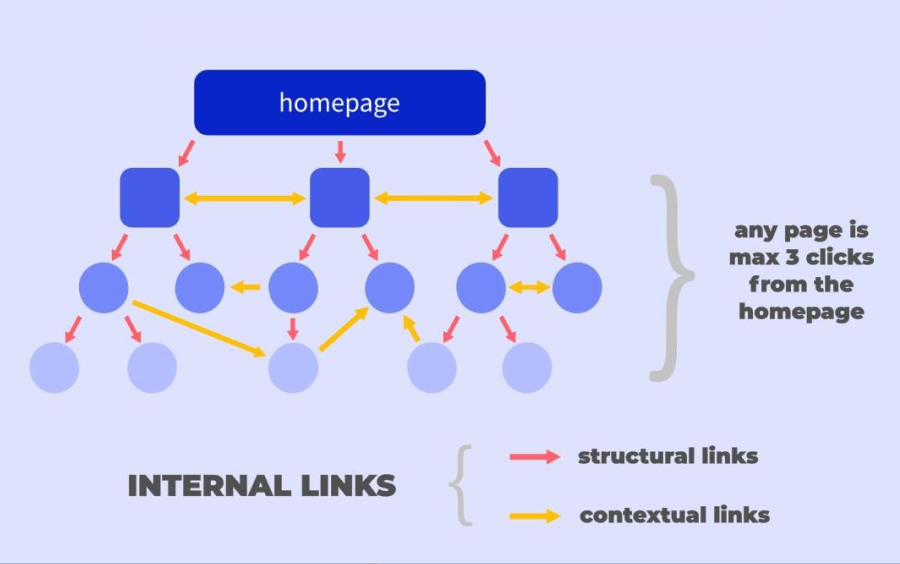
As you are aware, anchor texts are the visible texts you see on a link. In this case the internal link. You would want to entice the user to click on the internal link, so make sure the text is precise, easy to understand and not keyword heavy.


Having discussed the importance of hosting many internal links, the point is also to not just fill the page with it. The number is 100, this probably is a historically assessed number. Beyond 100 is where Google may start to suspect your article as spammy. Not only that, but it is also about the user experience which may otherwise become tiresome and laborious.
Yes, internal links do help. It ranks your page, gives it credibility and is a great SEO strategy. Follow the above SEO best practices and see your website gain compelling traction. Hiring the best SEO agency in Bangalore or the best SEO company in India will do the job for you. Stay high, stay ranked.